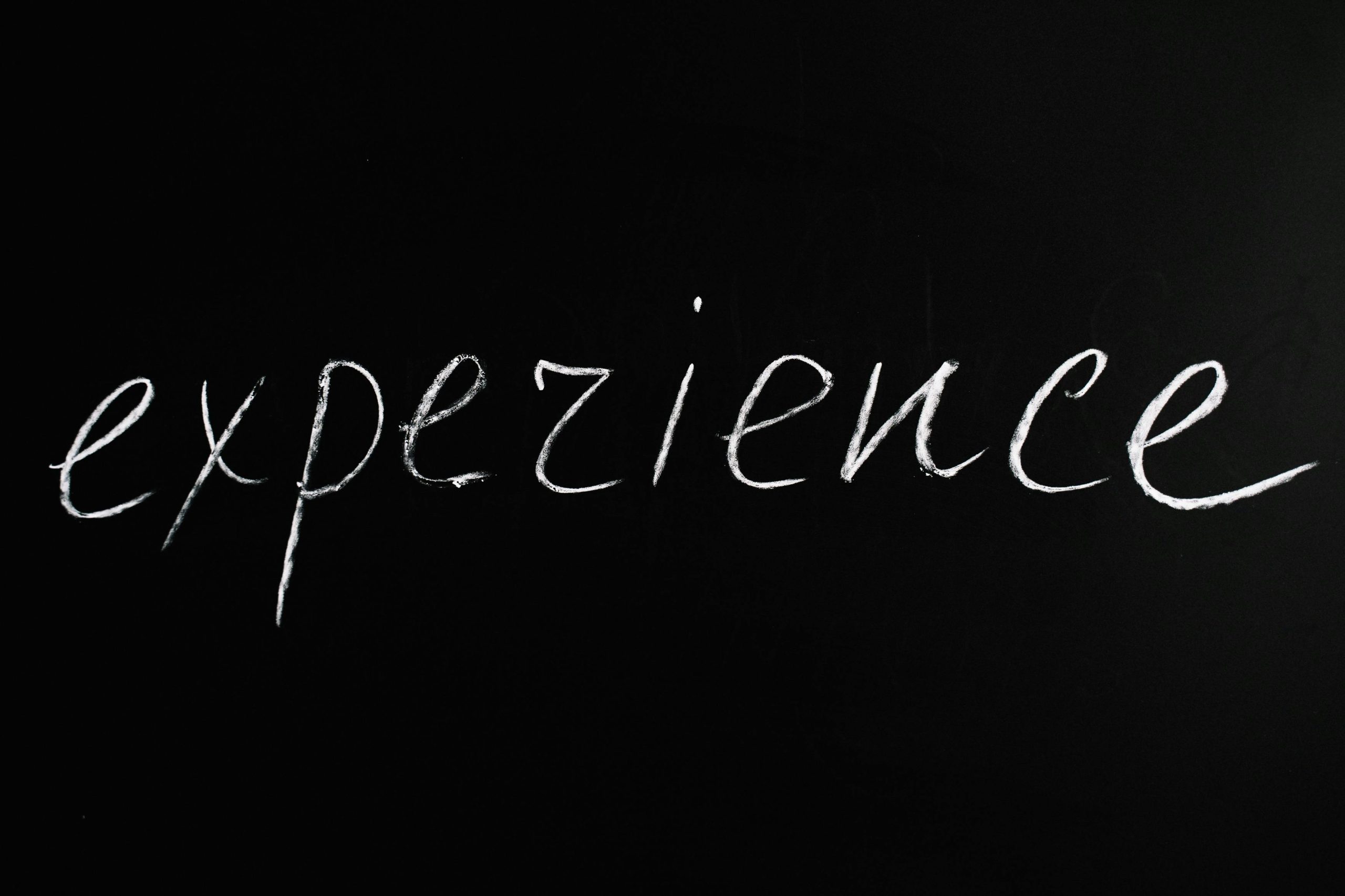Streamlining Documentation in a New State Assessment System: Effective Strategies for Educators
Implementing a new assessment framework can bring numerous administrative demands that quickly become overwhelming. As educators, managing documentation efficiently is crucial to maintaining focus on student-centered activities. Here are proven strategies to simplify and optimize your documentation workflow:
-
Leverage Templates for Repetitive Tasks
Create standardized templates for recurring reports and documentation needs. Using Google Docs or similar tools allows you to develop fillable templates with auto-populated sections, reducing time spent on formatting and ensuring consistency across reports. -
Batch Similar Tasks to Boost Efficiency
Organize your documentation schedule by grouping similar activities. For example, set specific days for recording behavior incidents—such as Tuesdays and Thursdays—and allocate separate times for academic notes on Mondays and Wednesdays. This batch-processing approach minimizes context-switching and increases productivity. -
Utilize Voice Recognition Technologies for Narratives
Incorporate voice tools to expedite written descriptions and assessments. Some effective options include: -
Google Voice Typing for quick notes during prep periods or informal observations
-
Microsoft Dictate for standard report entries and general documentation
-
Willow Voice, which excels at handling educational terminology for detailed narratives
-
Otter.AI for transcribing meetings, parent conferences, or interviews
Initially, I was hesitant to rely on voice input, but these tools have reduced my documentation time by approximately 60%. Switching between them based on the task at hand—quick notes, formal reports, or complex assessments—maximizes efficiency.
-
Delegate Documentation Responsibilities
Engage students in the process by assigning rotating roles, such as classroom “journalists,” to document activities and insights. This not only distributes workload but also encourages student involvement and ownership of their learning experience. -
Allocate Dedicated Time Blocks for Documentation
Instead of letting documentation accumulate, reserve specific 30-minute periods each day dedicated solely to this task. Consistent scheduling helps develop a routine and prevents backlog, ensuring timely and organized records.
Adapting to a demanding assessment environment requires strategic planning and innovative tools. Embracing voice technology and structured routines has significantly reduced my administrative burden while maintaining accurate records.
Are there other approaches you’ve found effective in managing extensive documentation requirements? Or strategies for advocating for reasonable workload expectations within your institution? Share your insights and let’s support each other in navigating these challenges.
